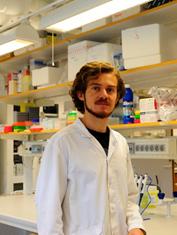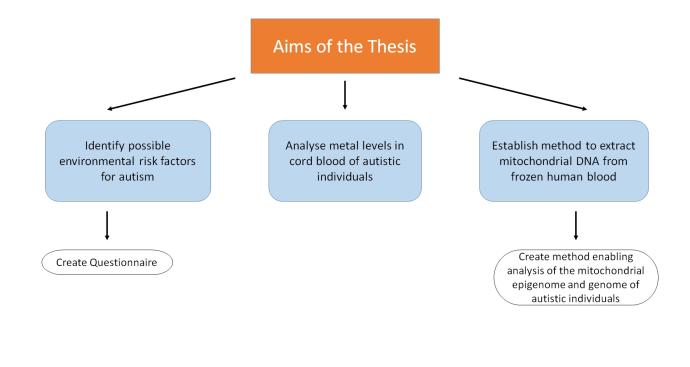Autism: Review of environmental factors, analysis of metal levels in cord blood and extraction of mitochondrial DNA

Autism is a complex disorder with possible genetic, epigenetic and environmental components. As the etiology remains uncertain and an increase in incidence is suspected, the involvement of possible environmental risk factors has gained increasing attention.
In an effort to identify possible risk factors, the literature was reviewed. As metals are an often-mentioned environmental risk factor for autism, metal levels in cord blood of patients with autism and healthy control subjects were measured. My findings show a trend towards elevated aluminum levels in the cord-blood of autistic individuals.
Another aspect of autism is an increased incidence of mitochondrial diseases. This higher incidence might, at least in some cases, be a causative factor for the onset of autism. Therefore the analysis of the epigenome and genome of the mitochondrial DNA might provide an interesting insight. To my knowledge, no protocol exists for the extraction of mtDNA from frozen human whole blood in a quantity allowing sequencing via the PacBioPlatform, which can detect methylation. Therefore, I constructed a procedure that possibly enables simultaneous sequencing of multiple mtDNA samples extracted from frozen human blood using the PacBioPlatform.

Responsible for this page:
Director of undergraduate studies Biology
Last updated:
05/30/17
